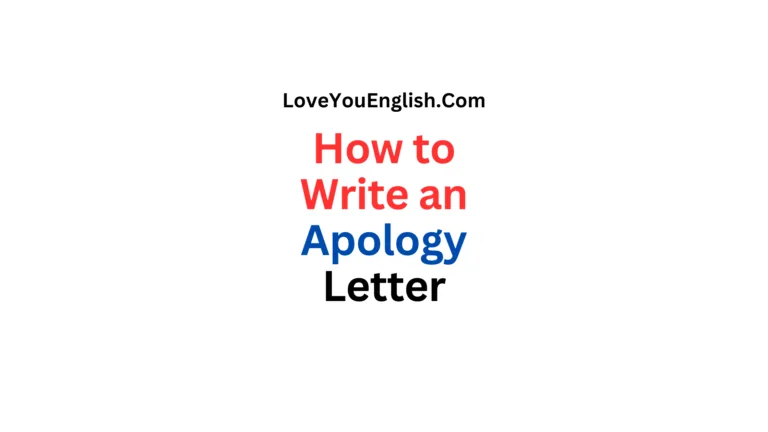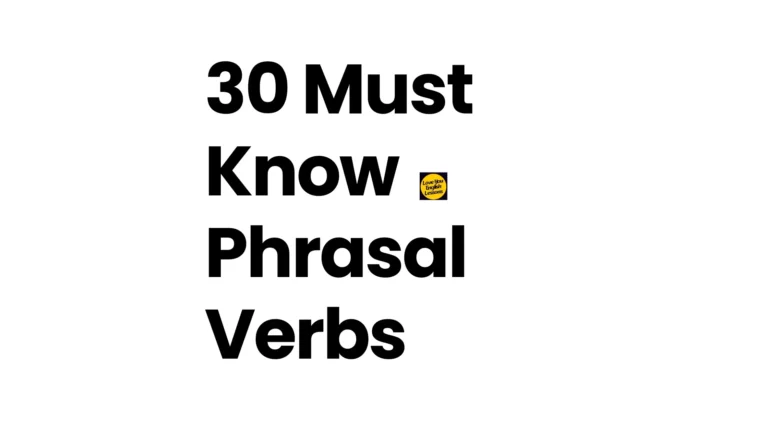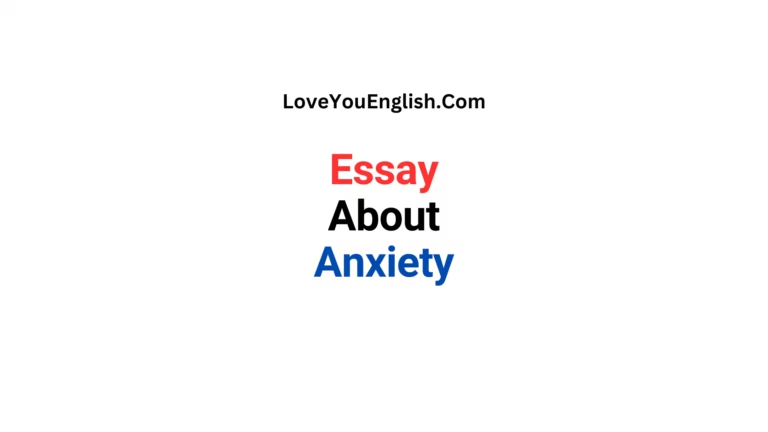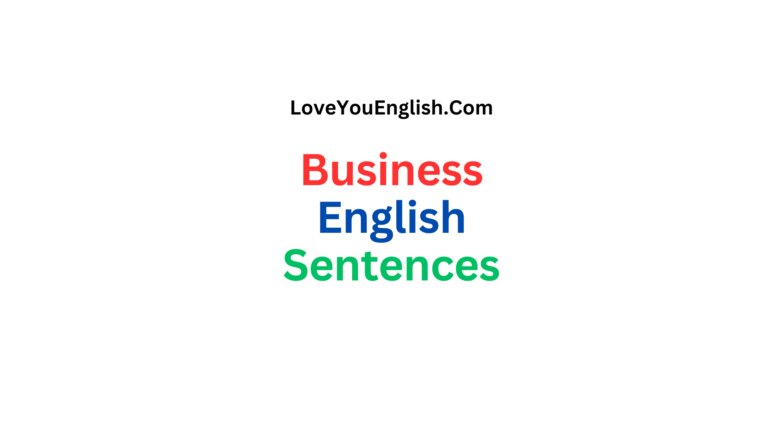How to Create a Reading Plan for the Year
What if you could finish every book you’ve always wanted to read by the end of this year?
Imagine flipping the last page of that novel or self-help book you’ve been eyeing, feeling proud and accomplished. It’s not just a dream—it’s totally doable with a simple reading plan!
I used to stare at my growing stack of books, feeling overwhelmed and unsure of where to start.
But everything changed once I figured out how to make a reading plan that worked for me. Now, I’m excited to share that with you.
Let me walk you through the easiest way to create your own reading plan for the year, step by step.
Ready? Let’s dive in!
Why You Need a Reading Plan
First things first—why bother making a reading plan? Life gets busy, right? Work, family, Netflix—there’s always something pulling you away from that book on your nightstand. Without a plan, it’s easy to say, “I’ll read tomorrow,” and then tomorrow never comes. A reading plan is like a friendly guide. It keeps you on track, helps you pick what to read, and makes sure you actually finish. Plus, it feels amazing to look back at the end of the year and see all the books you’ve conquered!
Think of it like planning a road trip. You wouldn’t just hop in the car without knowing where you’re going, would you? A reading plan is your map for the year. It doesn’t have to be strict or stressful—it’s all about making reading fun and doable.
Step 1: Decide How Many Books You Want to Read
Let’s start simple. How many books do you want to read this year? This is totally up to you. Some people aim for 12—one book a month. Others go big and shoot for 50 or even 100! Don’t worry about what anyone else is doing. Pick a number that feels exciting but not impossible.
Here’s a quick trick: think about how much time you can give to reading each week. If you’ve got 30 minutes a day, that’s about 3.5 hours a week. Most books take 6-10 hours to read, depending on how fast you go. So, if you read 3.5 hours a week, you could finish a book every 2-3 weeks. That’s around 20 books a year—pretty cool, huh?
Last year, I started with 12 books because I wasn’t sure I could do more. By summer, I was hooked and bumped it up to 25. Start small if you’re unsure—you can always add more later!
Step 2: Make a List of Books
Now comes the fun part—picking your books! Grab a notebook, your phone, or even a napkin if that’s all you’ve got, and start writing down books you’d love to read. Don’t overthink it. Just let your ideas flow.
Not sure where to start? Here are some easy ways to find books:
- Ask friends: What’s the best book they’ve read lately?
- Check your shelves: Got any books you’ve been meaning to crack open?
- Browse online: Look at bestseller lists or Goodreads for ideas.
- Mix it up: Pick some novels, some nonfiction, maybe even a biography or two.
I like to split my list into categories. Maybe 5 mysteries, 5 self-help books, and 5 classics. It keeps things interesting! Last year, I added To Kill a Mockingbird because I’d always heard it was great, and I threw in a random sci-fi book just for fun. Make your list yours—there’s no wrong answer.
Step 3: Break It Down Into Months
Okay, you’ve got your number and your list. Now let’s spread those books across the year. Take your total—say, 12 books—and divide it by 12 months. That’s one book a month. Easy, right?
You don’t have to stick to one per month, though. Some months, you might feel like reading two short books. Others, you might tackle a big, chunky one that takes longer. The key is to give yourself a rough idea so you don’t feel rushed.
Here’s what I do: I write out the months—January, February, March, and so on—and assign a book to each. For example:
- January: The Hobbit (because I love a cozy adventure in winter).
- February: Atomic Habits (short month, short book!).
- March: Pride and Prejudice (spring vibes!).
If you’ve got more books than months, double up on some. Or leave a few months open for whatever you feel like reading later. It’s your plan—keep it flexible!
Step 4: Set a Daily Reading Goal
Now, let’s get into the nitty-gritty: actually reading. The easiest way to finish your books is to read a little every day. But don’t worry—it doesn’t have to be a lot!
Think about your schedule. Can you squeeze in 20 minutes before bed? Or maybe 15 minutes with your morning coffee? Even 10 pages a day adds up fast. A 300-page book takes 30 days at 10 pages a day—that’s one book a month without even trying hard!
I used to think I needed hours to read, but then I started doing 20 minutes on my lunch break. It was like sneaking in a little treat for myself every day. Find a time that works for you, and make it a habit. Before you know it, you’ll be flying through your list.
Step 5: Track Your Progress
Here’s where it gets really fun—keeping track of what you’ve read! There’s something so satisfying about checking a book off your list. You can keep it simple with a notebook, or get fancy with a spreadsheet or app.
I use a little journal. Every time I finish a book, I write down the title, the date, and one thing I loved about it. For example: “The Martian, March 10—loved the humor!” It’s like a mini memory book by the end of the year.
You could also try:
- A checklist on your fridge.
- A reading app like Goodreads.
- A fun chart with stars or stickers (yes, even adults can do this!).
Seeing your progress keeps you motivated. Halfway through last year, I looked at my list and thought, “Wow, I’ve already read 15 books!” It made me want to keep going.
Step 6: Build a Reading Routine
To make your plan stick, turn reading into a habit. Pick a cozy spot—your favorite chair, a sunny corner, wherever feels good. Maybe add a cup of tea or some soft music. Make it something you look forward to.
I read every night before bed. It’s my wind-down time—no phone, no stress, just me and my book. At first, I had to remind myself, but after a couple of weeks, it felt natural. Find your rhythm, and it’ll become second nature.
If you miss a day, don’t sweat it. Life happens! Just pick up where you left off. The goal is enjoyment, not perfection.
Step 7: Adjust as You Go
Here’s a big secret: your reading plan isn’t set in stone. Maybe you start a book and realize it’s not for you—swap it out! Or maybe you get super into mysteries and want to add more. That’s totally fine.
Last year, I planned to read a heavy history book in July, but I was in a summer slump. So I switched it for a light beach read instead. No guilt, no pressure—just what felt right. Your plan should work for you, not the other way around.
Check in every few months. Are you on track? Want to tweak your goal? Keep it fun and fresh.
Extra Tips to Stay Excited
Want to make your reading plan even better? Try these:
- Join a book club: Chat about books with friends—it’s like a party with pages!
- Reward yourself: Finish a book, treat yourself to ice cream or a movie.
- Read with someone: My sister and I read Harry Potter together last year—so fun!
- Mix formats: Try audiobooks for busy days or e-books for travel.
Little boosts like these keep you going, especially if you hit a slow patch.
What If You Fall Behind?
Okay, real talk: what if it’s June and you’ve only read two books out of your 12? Don’t panic! This isn’t a race. You can catch up by picking shorter books or carving out extra reading time. Or just adjust your goal—six books is still awesome!
I fell behind last fall when work got crazy. Instead of stressing, I switched to audiobooks for my commute. Boom—back on track! There’s always a way to make it work.
The Joy of Finishing Your Plan
Picture this: it’s December 31, and you’ve hit your reading goal. You’re sitting by the fire (or fan, depending on where you live), flipping through your list, grinning at all the stories you’ve lived through. That’s the magic of a reading plan—it turns “someday” into “today.”
I’ll never forget finishing my last book of 2024. I hit my goal of 25, and I felt like a rock star. You can feel that too—it’s just a few simple steps away.
Let’s Get Started!
So, what do you say?
Grab a pen, pick your number, and start your list.
You don’t need to be a bookworm or have tons of time. All you need is a little plan and a lot of excitement.
This year could be the year you read more than ever before—and I’m rooting for you every page of the way.
What’s the first book on your list? Tell me—I’d love to hear!
Let’s make 2025 your best reading year yet.
FAQs: Your Reading Plan Questions, Answered
Q1: What if I don’t have time to read every day?
That’s totally okay! Even reading a few times a week adds up. Try squeezing in 10–15 minutes during lunch breaks, before bed, or while waiting in line. Remember, progress is progress—no matter how small.
Q2: Do audiobooks count?
Absolutely! Audiobooks are a great way to enjoy stories while commuting, walking, or doing chores. They’re perfect for busy schedules and totally count toward your reading goal.
Q3: What if I start a book and don’t like it?
Give yourself permission to stop! Reading should be enjoyable, not a chore. If a book isn’t clicking with you, set it aside and pick something else. Life’s too short for boring books.
Q4: How do I stay motivated throughout the year?
Track your progress, celebrate milestones, and shake things up with different genres or formats. Joining a reading group or sharing your journey online can also keep you inspired.
Q5: Can I make a reading plan with kids or as a family?
Yes! Family reading plans are a fun way to bond. Choose books to read together, have themed nights, or set mini-goals for each person. Make it a game, and let everyone contribute to the list.
Q6: What’s a good number of books to aim for?
Start with something realistic. 12 books a year (one per month) is a great beginner goal. If that feels too much, aim for 6. You can always increase your goal as you go!
Q7: I’m not a fast reader. Can I still do this?
Definitely. It’s not about speed—it’s about consistency. Even slow reading adds up over time. Focus on enjoying the book, not rushing through it.
Q8: How do I choose which book to read first?
Pick the one that excites you most right now! Go with your gut—whether it’s a thrilling mystery, a motivational book, or a childhood favorite.
Q9: Should I stick to my plan exactly?
Not at all! Your reading plan is a guide, not a rulebook. Feel free to swap books, change your pace, or take breaks. Flexibility keeps things fun and stress-free.
Q10: What tools or apps can help with tracking?
Some great options include:
-
Goodreads – for tracking, reviews, and challenges.
-
Notion or Trello – to create custom reading boards.
-
A journal or bullet journal – perfect for analog lovers.
-
StoryGraph – a Goodreads alternative with detailed stats.

